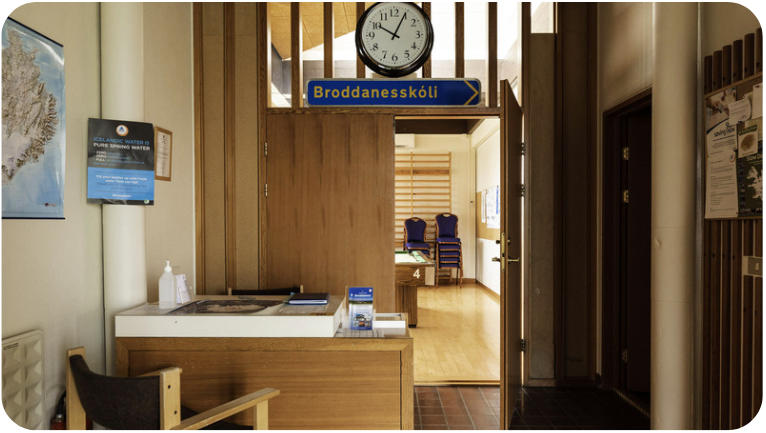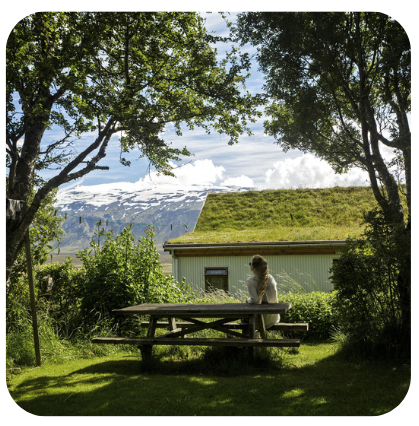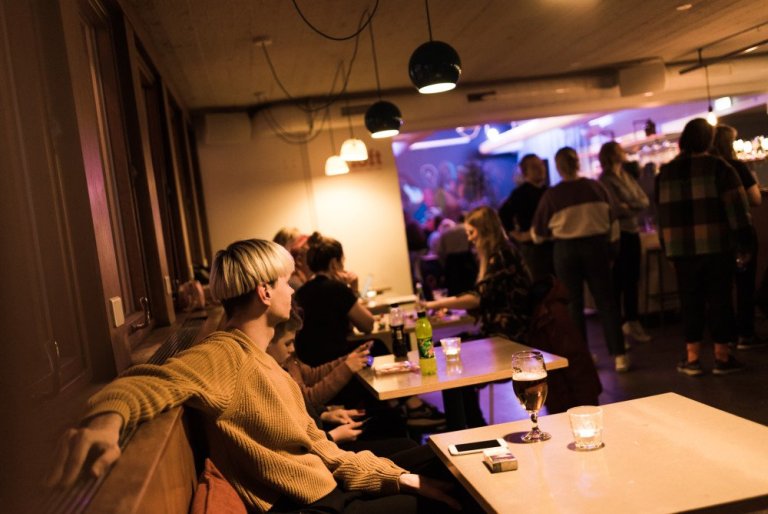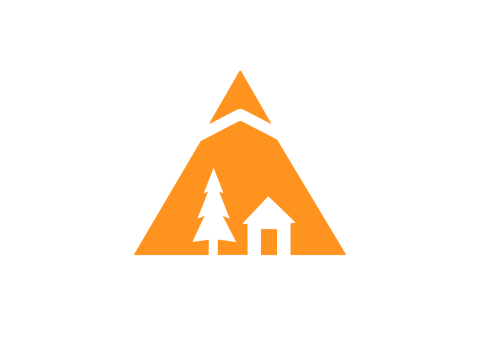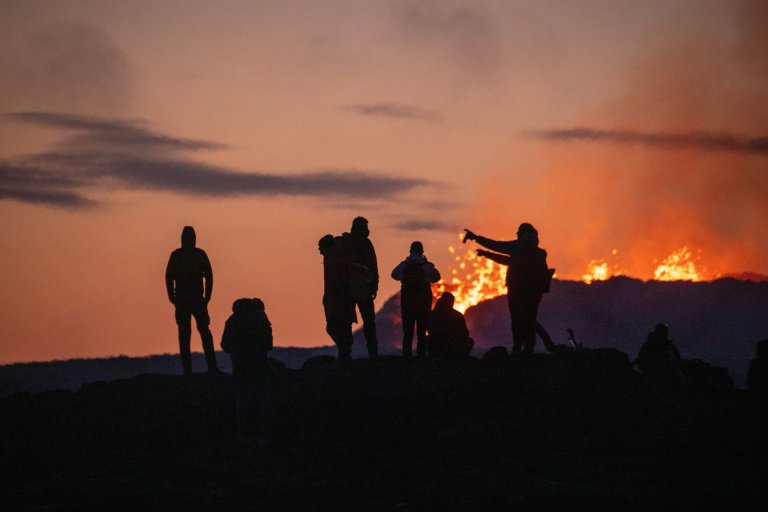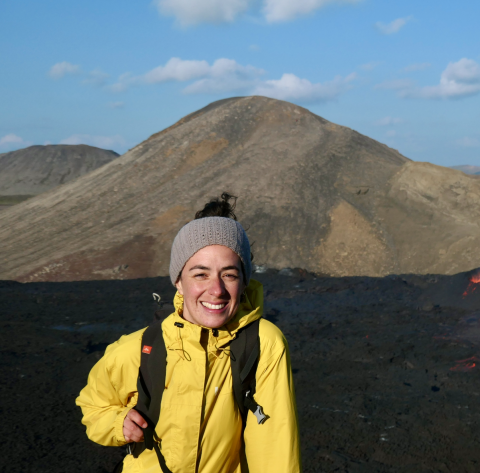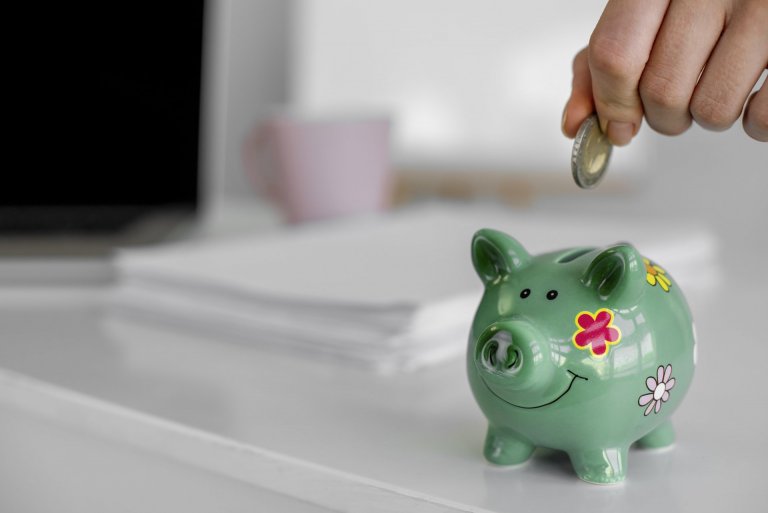As Iceland developed quickly in the 20th century, much of Iceland’s rural population declined as people moved for work and education in towns and the capital area. Sadly, this has led to historical buildings sitting empty, such as schools without enough pupils to fill them or generational farmland where the children may have moved to the city for a career.
But when Iceland’s tourism industry took off in the 1980s and soared in the 2000s, some began to see an opportunity in these old buildings. After all, no one loves the Icelandic countryside as much as travellers, and it’s easy to see why- the wilderness is unspoilt, the views beautiful and the isolation peaceful. And so, many of the buildings began to be renovated into hostels, in a process called adaptive reuse- taking a structure and giving it a new purpose.
Why is adaptive reuse important?
Adaptive reuse allows us to maintain our cultural heritage- while the buildings may not serve their original purpose anymore, they can help preserve history in the area. It is also far more sustainable than creating new developments- it lowers the carbon footprint of a building by 40%. Renovating existing buildings reuses the materials from the old building, meaning less construction debris goes to landfill, and material doesn’t need to be imported from abroad.
A lot of our hostels were built before modern inventions like central heating. This means that they were built to be insulated to survive the harsh winters, reducing the energy cost and being naturally sustainable. Here are just some of our hostels that practice adaptive reuse, and have transformed themselves into hostels:
Seyðisfjörður Old Hospital
As the name implies, this hostel used to be a hospital servicing the tiny town of Seyðisfjörður through the 19th century. Since then, it has been lovingly restored and converted into a hostel with a mix of dormitories, private rooms and family rooms with beautiful attention to detail and eclectic furniture. It’s pride and joy is the sauna, where travellers can warm up after a cold walk up the mountains surrounding the town.
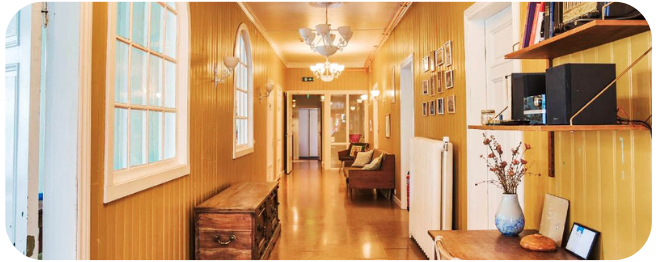
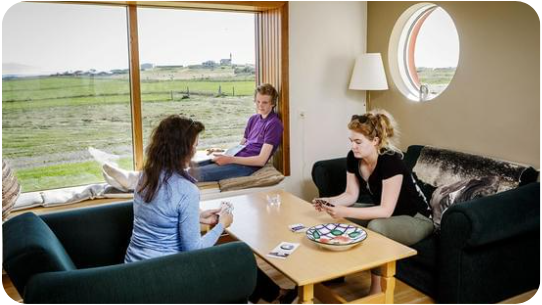
Reykhólar
The town has a unique history as it was home to a state-run experiment in the 40s and 50s to research Icelandic agriculture. The scientists working on the project needed somewhere to live, so Reykholar house was built in 1947 and eventually turned into a hostel with a modern interior and a bright airy common room, perfect for overlooking the fjord that is teeming with birdlife. The area around Reykholar is amazing for hiking- you can either wander down to Breiðafjörður bay and go birdwatching, or walk to the birch forest, a rarity in Iceland. After that, you can kick back in the private hot tub, and watch the sun go down over the horizon.
Broddanes
Tucked away in a small hamlet in the West Fjords, Broddanes HI Hostel was once known as Broddanesskóli- a 20th century school. The hostel has a unique mid-century modern design and feels like a time capsule back to the 70s, with mementos of the institution decorating the walls. The former gym has been transformed to a bright, spacious common room with wrap-around windows that allow you to soak up the midnight sun, and watch the birds who call the bay home take flight. The area is a true haven for wildlife, with puffins and seals living on the inlets of the fjord. Broddanes has lots of driftwood wash up on the shore, and makes use of it by using it to make fencing as well as the bird spotting shelter, reducing the amount of trees being cut down!
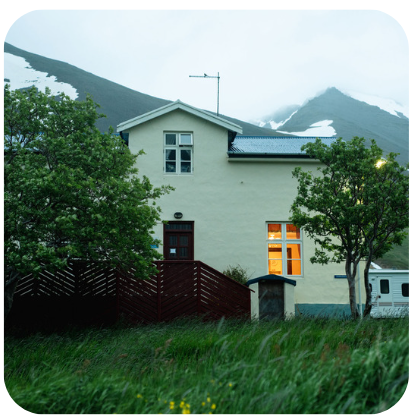
Korpudalur
Korpudalur HI Hostel is about as remote as it gets. Surrounded on three sides by steep mountains, the hostel is an old farm house that has been in the family for generations. While the house has been tweaked a bit since it’s days as a family homestead it still remains true to Icelandic traditions, creating a cosy, welcoming environment where you’ll feel at home. The owner Stefan is always working on new projects to increase the sustainability in the valley, his most recent project being creating energy through hydroelectricity using the waterfalls from the mountains. The family also gave up a lot of the farmland to turn it into wetland, restoring an important habitat for waterfowl and the unused barn has been transformed into a venue for parties, family get-togethers and cinema nights.
Fljótsdalur
Fljótsdalur is one of our oldest hostels, but it is also one of the ones that has been renovated the most. A former farmhouse across the valley from the notorious Eyjafjallajökull volcano that grounded European flights for months in 2010, Fljótsdalur was badly affected by the ash that fell on the area. People in the area couldn’t even leave the house without gas masks for a long time, and when the eruption finally settled there was lots of work to be done- the owners repaired the damage, created new rooms and planted a traditional Icelandic turf roof. No materials were wasted, and you can see where bits of the old building have been reused such as the wood beams in the common room and shelter for the fire pit. Nothing goes to waste here- even old hiking boots are used as plant pots!
